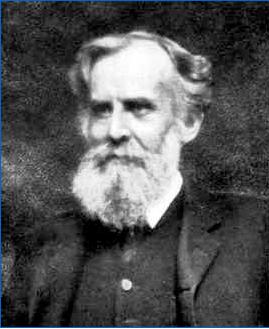Frequentist probability
Frequentist Probability[edit | edit source]
Frequentist probability is an interpretation of the concept of probability. It defines an event's probability as the limit of its relative frequency in a large number of trials. This approach is one of the most common interpretations of probability and is widely used in statistical practice.
Definition[edit | edit source]
In the frequentist interpretation, the probability of an event is understood as the proportion of times the event occurs in a large number of repeated trials. For example, if we were to flip a fair coin many times, the frequentist probability of getting heads is the limit of the ratio of the number of heads to the total number of flips as the number of flips approaches infinity.
Historical Background[edit | edit source]
The frequentist interpretation of probability has its roots in the work of early statisticians and mathematicians. One of the key figures in the development of this interpretation was John Venn, who contributed significantly to the field of probability and statistics. Venn is best known for the Venn diagram, a tool used to illustrate logical relationships.
Applications[edit | edit source]
Frequentist probability is used extensively in statistical hypothesis testing, where it forms the basis for many statistical tests. In this framework, probabilities are used to make inferences about populations based on sample data. The frequentist approach is also fundamental in the design and analysis of clinical trials, where it helps determine the likelihood of observing the data under various hypotheses.
Criticisms[edit | edit source]
Despite its widespread use, frequentist probability has been criticized for its reliance on the concept of an infinite number of trials, which is often impractical or impossible in real-world situations. Critics argue that this interpretation does not adequately account for uncertainty in single events or small samples.
Related Pages[edit | edit source]
Search WikiMD
Ad.Tired of being Overweight? Try W8MD's physician weight loss program.
Semaglutide (Ozempic / Wegovy and Tirzepatide (Mounjaro / Zepbound) available.
Advertise on WikiMD
|
WikiMD's Wellness Encyclopedia |
| Let Food Be Thy Medicine Medicine Thy Food - Hippocrates |
Translate this page: - East Asian
中文,
日本,
한국어,
South Asian
हिन्दी,
தமிழ்,
తెలుగు,
Urdu,
ಕನ್ನಡ,
Southeast Asian
Indonesian,
Vietnamese,
Thai,
မြန်မာဘာသာ,
বাংলা
European
español,
Deutsch,
français,
Greek,
português do Brasil,
polski,
română,
русский,
Nederlands,
norsk,
svenska,
suomi,
Italian
Middle Eastern & African
عربى,
Turkish,
Persian,
Hebrew,
Afrikaans,
isiZulu,
Kiswahili,
Other
Bulgarian,
Hungarian,
Czech,
Swedish,
മലയാളം,
मराठी,
ਪੰਜਾਬੀ,
ગુજરાતી,
Portuguese,
Ukrainian
Medical Disclaimer: WikiMD is not a substitute for professional medical advice. The information on WikiMD is provided as an information resource only, may be incorrect, outdated or misleading, and is not to be used or relied on for any diagnostic or treatment purposes. Please consult your health care provider before making any healthcare decisions or for guidance about a specific medical condition. WikiMD expressly disclaims responsibility, and shall have no liability, for any damages, loss, injury, or liability whatsoever suffered as a result of your reliance on the information contained in this site. By visiting this site you agree to the foregoing terms and conditions, which may from time to time be changed or supplemented by WikiMD. If you do not agree to the foregoing terms and conditions, you should not enter or use this site. See full disclaimer.
Credits:Most images are courtesy of Wikimedia commons, and templates, categories Wikipedia, licensed under CC BY SA or similar.
Contributors: Prab R. Tumpati, MD

